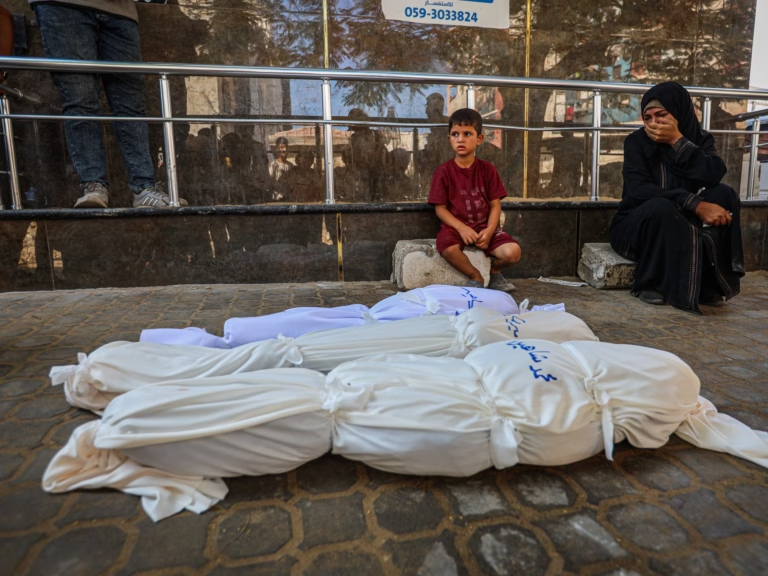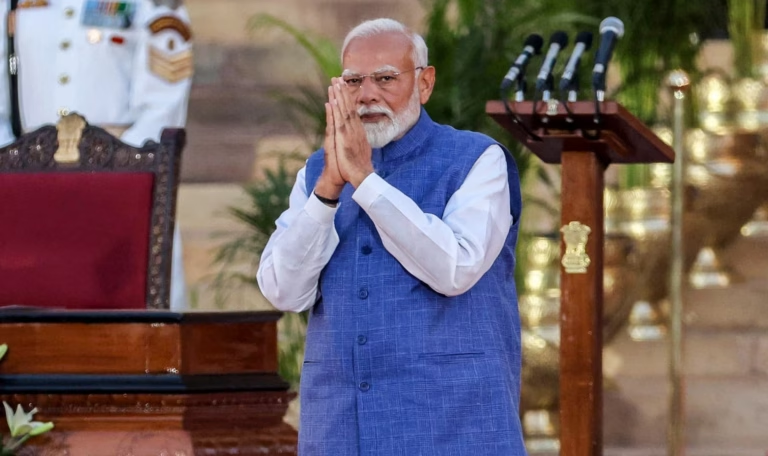Rakhine State is at a critical juncture as the Arakan Army (AA) moves closer to seizing control of Myanmar’s strategic western frontier, potentially reshaping the nation’s civil war and regional political dynamics. Despite Myanmar’s military government regaining territory elsewhere, the AA controls 14 out of 17 Rakhine townships, situated on the Bay of Bengal and bordering Bangladesh. The rebel group plans to capture the remaining parts of Rakhine State, including the capital Sittwe, an Indian port project, and Kyaukphyu, which hosts oil and gas pipelines and a deep-sea port crucial to China’s Belt and Road Initiative. The situation is ripe for a decisive AA campaign.
However, the AA’s battle for self-determination unfolds amid a growing humanitarian crisis and accusations of serious abuses against the Muslim-majority Rohingya in Rakhine. The Myanmar military’s blockade worsens a crisis affecting over two million people, with 57 percent of families in central Rakhine unable to meet basic food needs. In Sittwe, the economy has collapsed, and crime has increased, with residents describing the AA as “gangsters” and the Arakan Liberation Army monitoring the population and raiding homes.
Ethnic violence has further complicated the situation. The military’s 2017 crackdown displaced over 730,000 Rohingya, with more than a million still living in refugee camps. The AA is also accused of abuses against the remaining Rohingya in Rakhine, including an alleged 2021 massacre that the AA denies.
The battle for Rakhine State, particularly the strategic Chinese-built Kyaukphyu port, is escalating. The AA could capture the facility during its monsoon campaign, giving it control of vital trade and transport gateways. The potential for the AA to use this as a leverage point against China and India is significant.
India has stakes in Rakhine through the Kaladan transport project, which seeks to connect its remote northeast regions to the Bay of Bengal via Sittwe port. The AA’s success could permit it to tax Indian trade and weaken the Myanmar military’s ties with New Delhi.
The wider implications are sprawling. The AA now leads the country’s most extensive network of armed groups. Regardless of the outcome, a ceasefire with the military government or further confrontation could shape the future of Myanmar and its relations with neighboring countries.
Source: https://www.aljazeera.com/features/2025/8/23/china-india-watch-as-myanmar-rebels-advance-on-strategic-western-frontier?traffic_source=rss








